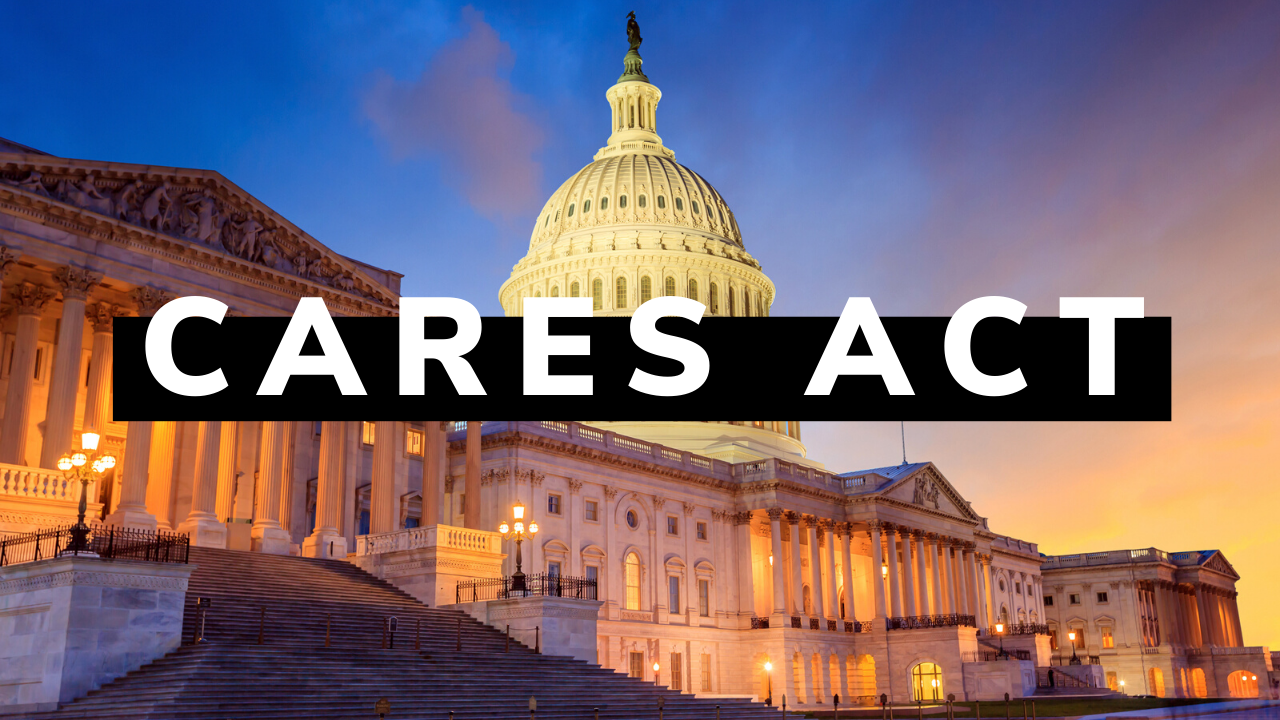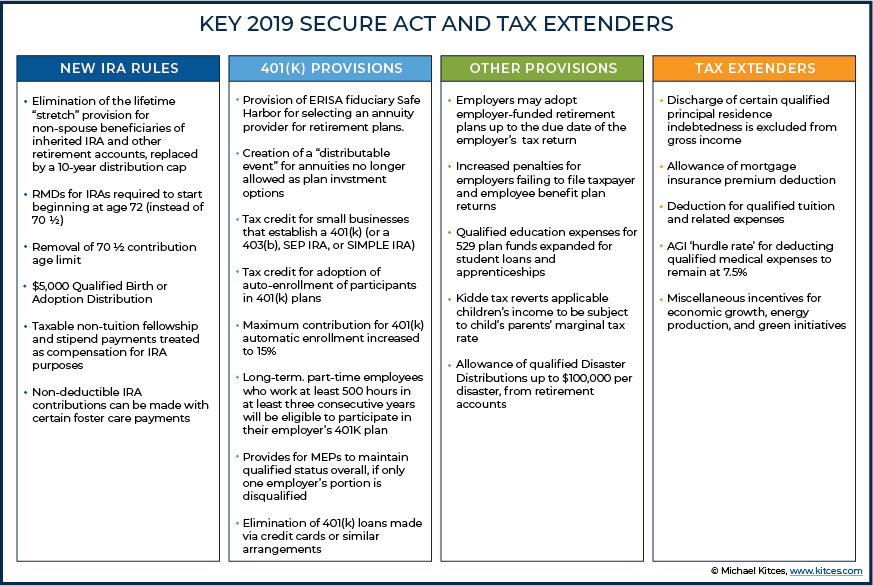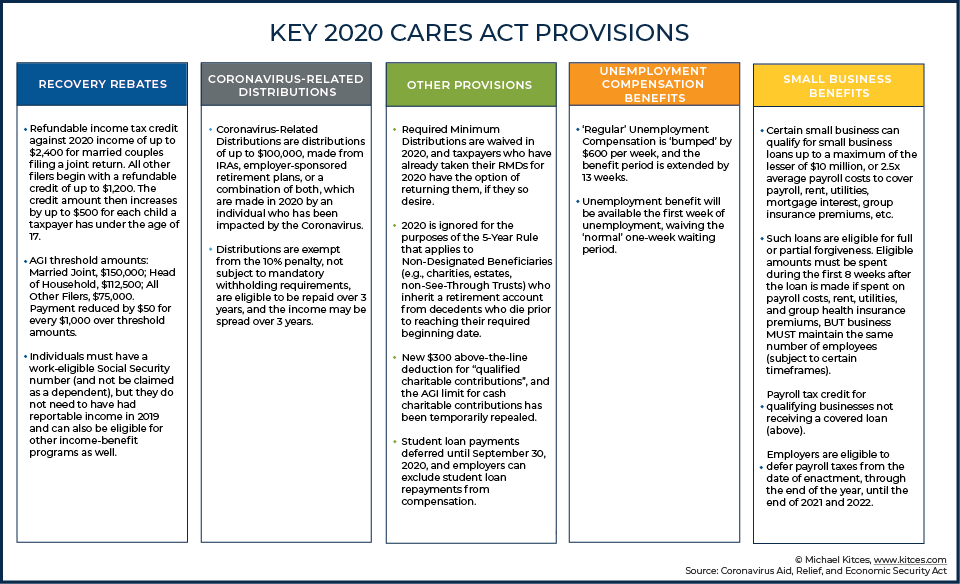We want to call your attention to important changes made pursuant to the SECURE Act passed in 2019 and the recently passed CARES Act. These new provisions provide several benefits to retirees and retirement savers, as well as some potential pitfalls.
Perhaps most significant to retirees is the elimination of the required minimum distribution from their IRA account(s) in 2020.
If you are a client of AMM currently receiving regular required minimum distributions and want to halt these for 2020 please notify us and we will update your distribution schedule accordingly.
We have itemized below some additional key highlights of these two Acts:
RMDs kick in at age 72:
IRS-mandated required minimum distributions (RMDs) from tax-deferred retirement accounts now begin at 72 for anyone who turns 70½ after December 31, 2019. If you turned 70½ before 2019, you must continue to take your RMDs by the end of each calendar year (except 2020). Failure to take RMDs on time results in a 50% penalty on the portion not withdrawn.
IRA contributions aren’t restricted by age:
Contributions to traditional IRAs are now permitted no matter your age, so long as you have earned income.
The fine print: Whether you’re working or not, you’ll still be subject to RMDs at either 70½ or 72 (see “RMDs,” above).
Inherited IRAs must be depleted within a decade:
Other than a spouse, a minor child, and certain other “eligible designated beneficiaries,” inheritors of retirement accounts must now deplete those assets within 10 years. This is only for accounts inherited from a deceased person after December 31, 2019.
The fine print: The new withdrawal schedule could generate significant taxable income for inheritors, potentially pushing them into a higher tax bracket. If assets remain after 10 years, inheritors face a penalty equal to 50% of the undistributed amount.
401(k)s are available to more part-time workers:
Employers are now required to offer their 401(k)s or other workplace retirement plans to employees with three consecutive years of service of at least 500 hours per year in addition to employees with more than 1,000 hours of service within a 12-month period.
The fine print: Newly qualified part-time employees can save money on a pretax basis—and capture the employer match, if offered—once they’ve accrued the requisite work history starting in 2021.
529s can be used to pay back student loans:
Account owners can now use up to $10,000 from a 529 college savings account to repay student loans—so long as it’s for the account’s primary beneficiary or the beneficiary’s siblings or stepsiblings.
The fine print: Those with excess 529 assets now have another penalty-free way to use them—though such funds should be used to pay the beneficiary’s college tuition first, all things being equal.
Retirement savings can be used for adoption and birth costs:
Account owners can now withdraw up to $5,000 from a 401(k) or an IRA to pay for qualified adoption or birth expenses without penalty.
The fine print: Parents may be able to avoid taking on debt to cover such expenses; however, tapping retirement funds early could put your long-term savings goals at risk.
Late tax returns trigger a bigger fine:
If your tax return is 60 or more days late, you will now incur a penalty of the lesser of $400 or 100% of taxes owed.
The fine print: Although the new penalty is at most only $200 more than the previous one, every dollar you lose to penalties is one you can’t invest for future growth.
The below charts from financial planning strategist Michael Kitces of Nerd’s Eye View provide some additional information on the two bills.
On balance, these new provisions offer additional flexibility to American investors, retirees, and business owners.
As always, please contact us if you have any questions or if you want to discuss anything in greater detail.





